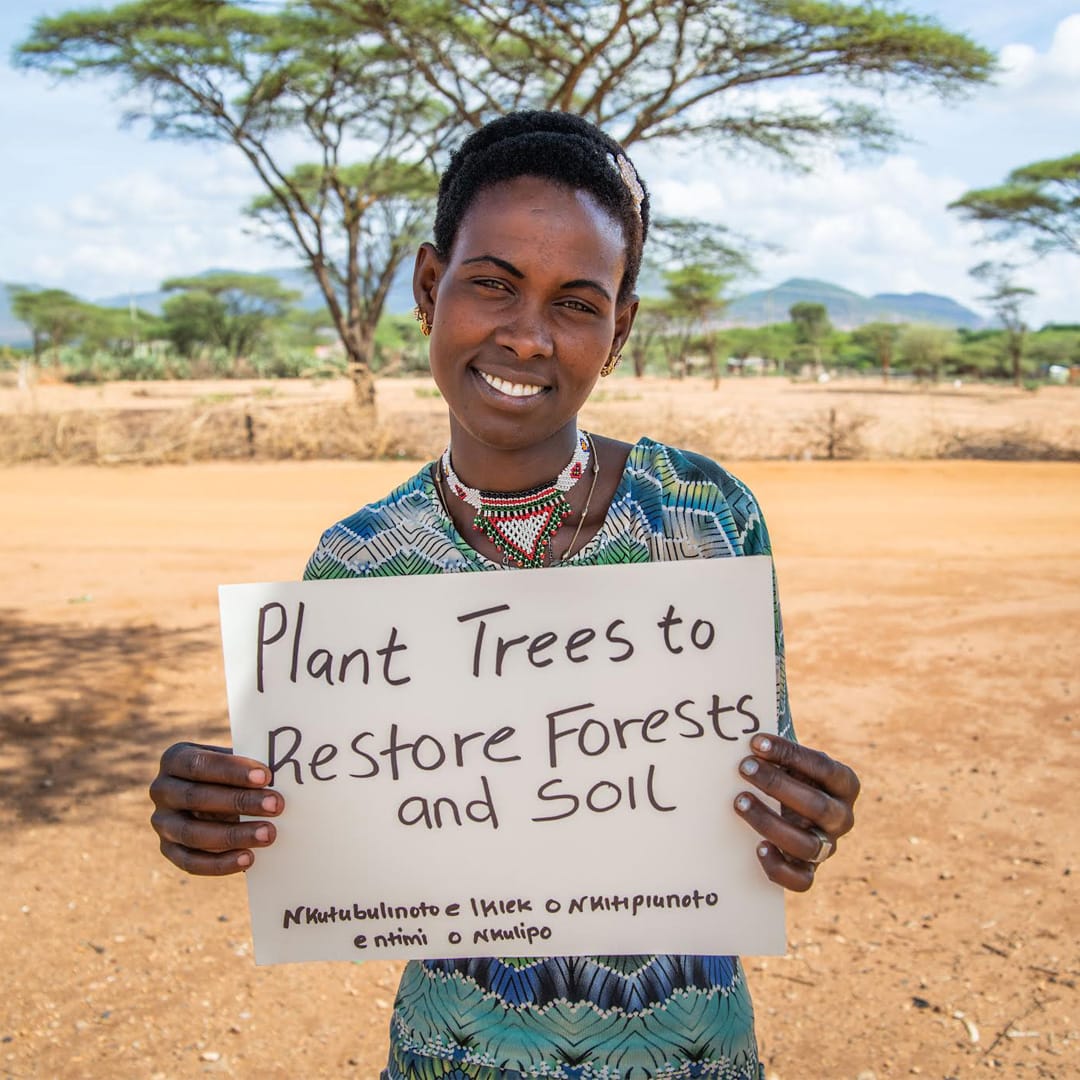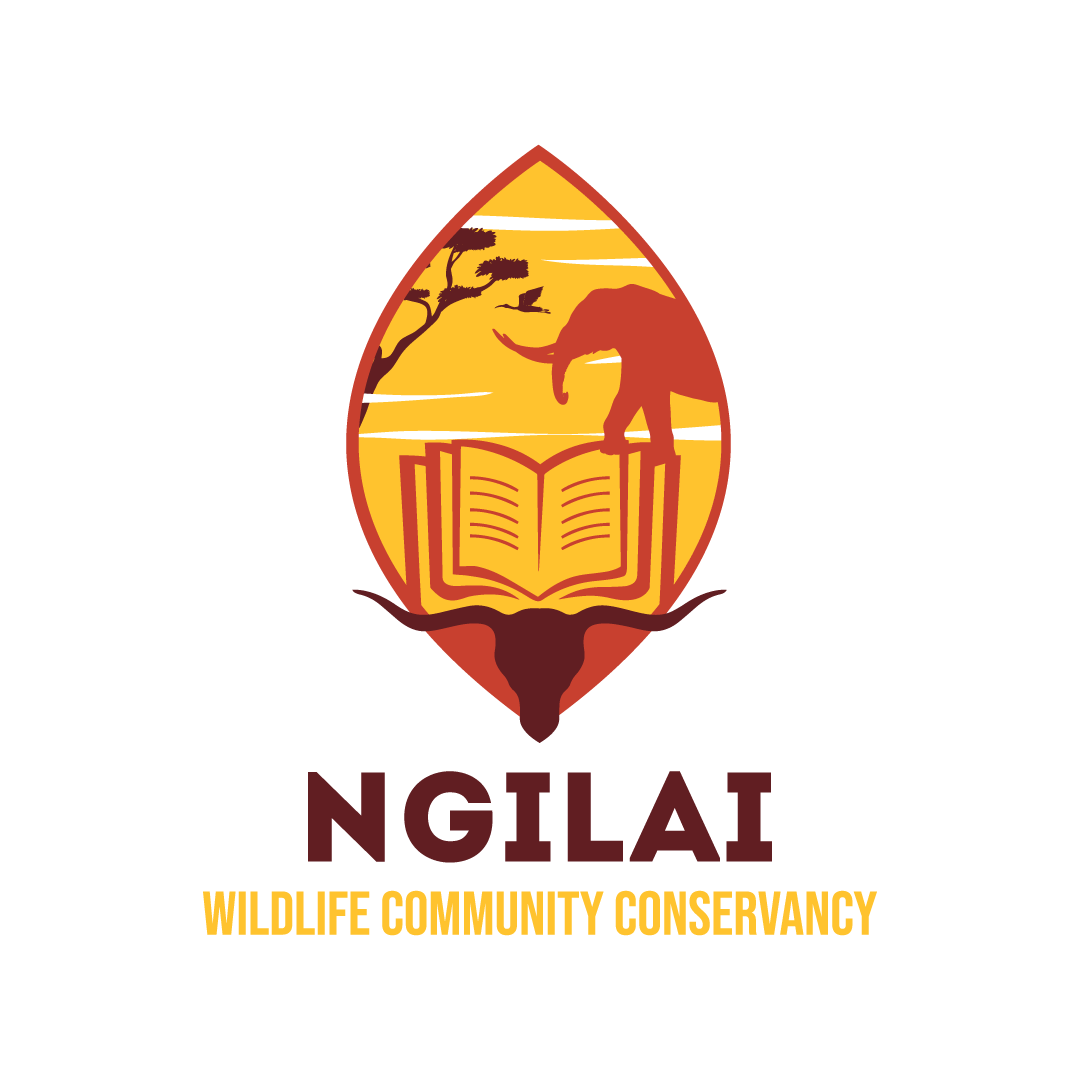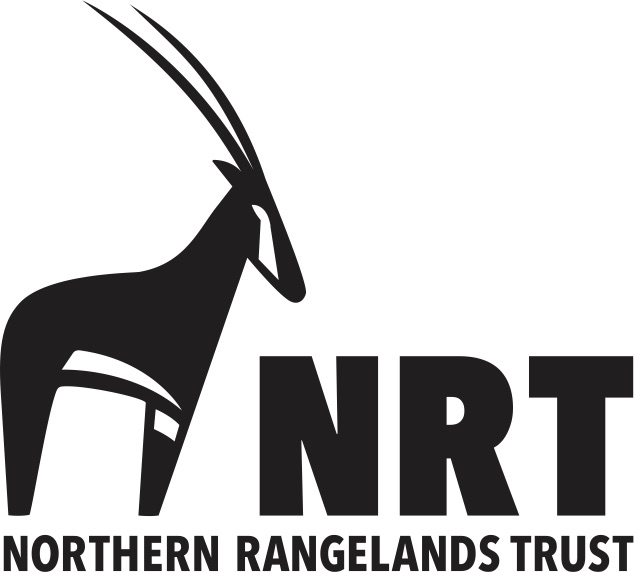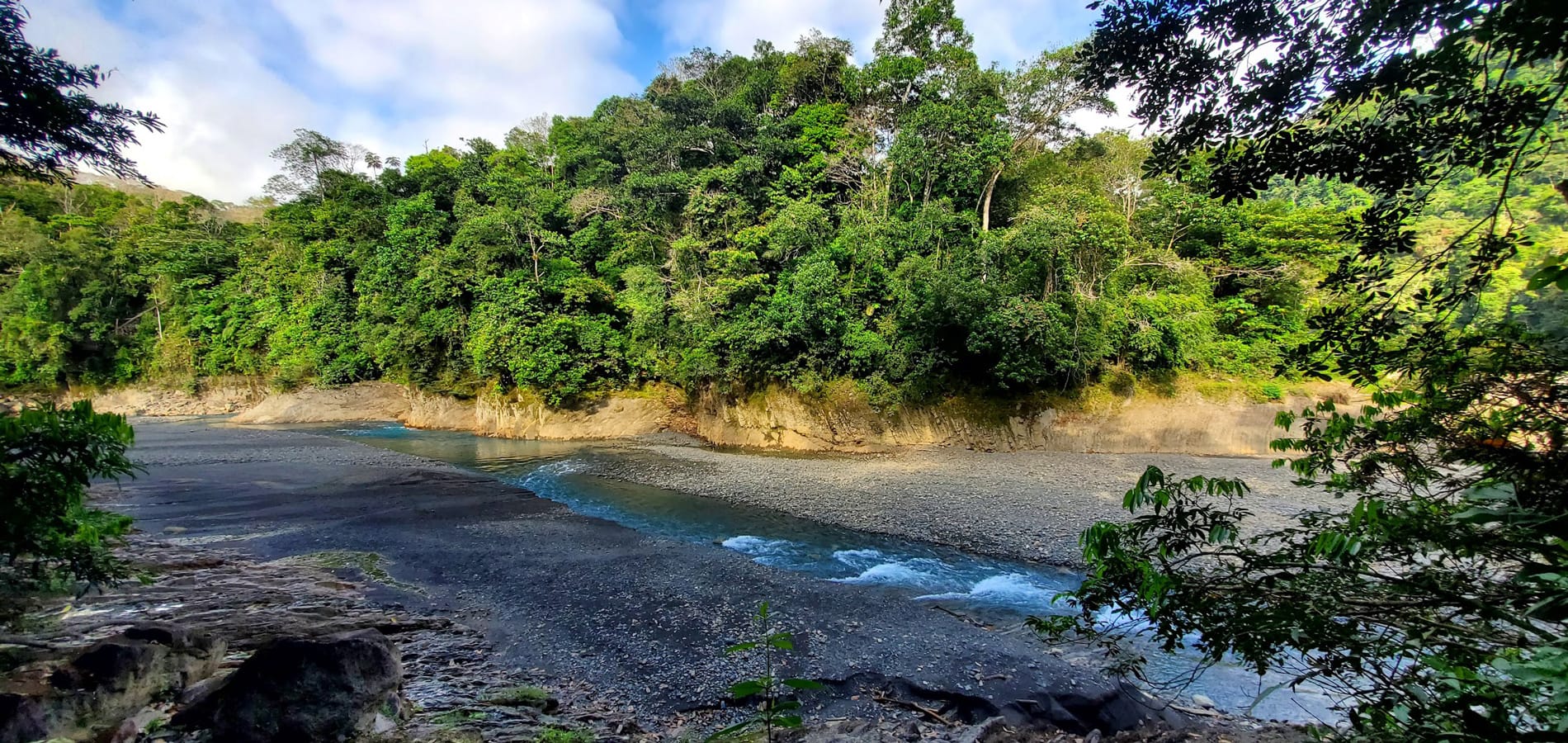
Amazon Rainforest
In 2022, Legado launched its newest partnership, which brings together local communities in the Megantoni-Machiguenga Landscape in southeastern Peru: one of the world’s most critical regions for biocultural conservation and biodiversity.
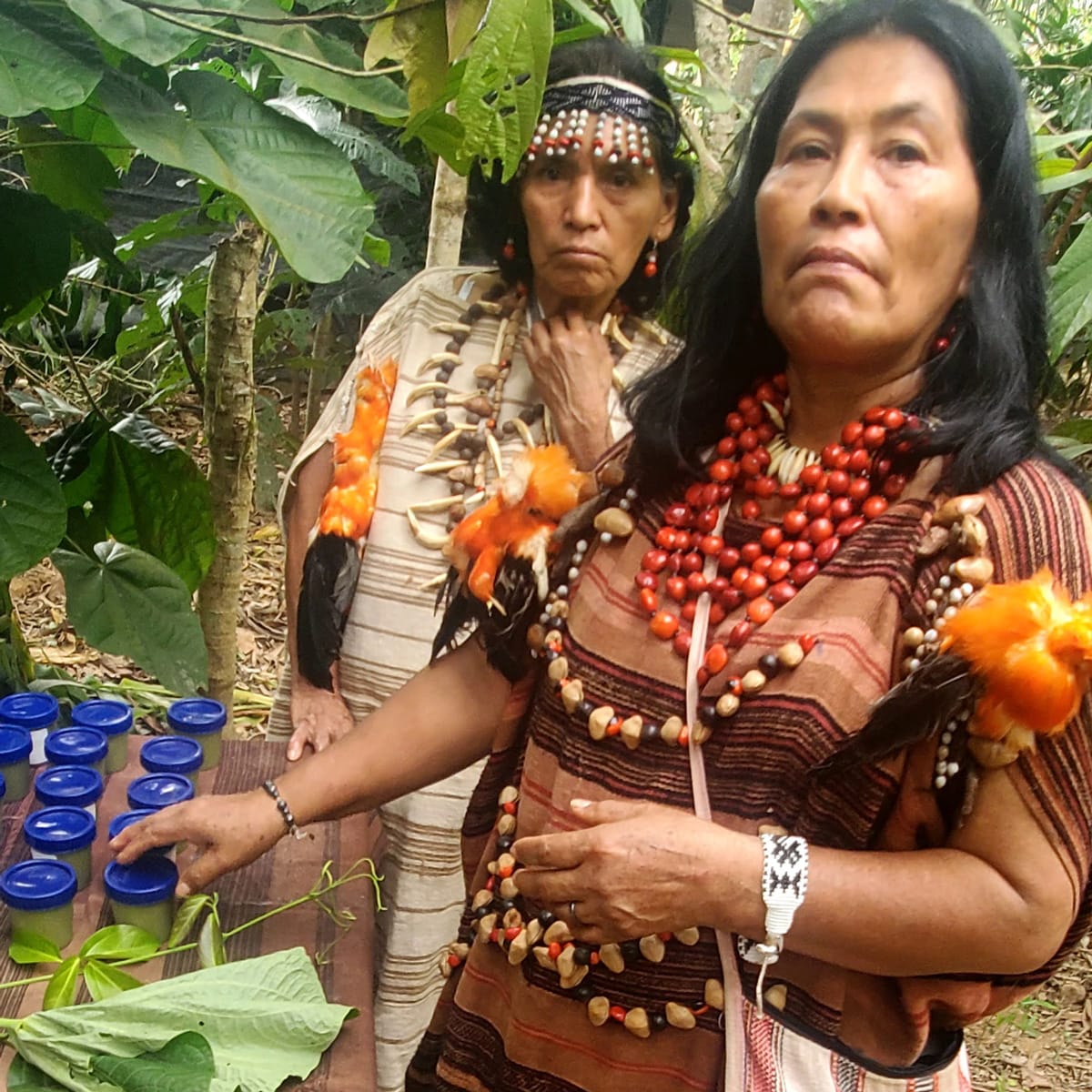
The region is home to endangered jaguars, spectacled bears, six types of macaws and tapirs among other important species, including deer, wooly spider monkeys, and thousands more.
Both the Megantoni National Sanctuary and the Machiguenga Communal Reserve (MCR) are included on the IUCN Green List of Protected and Conserved Areas, and are part of the Avireri-Vraem Biosphere Reserve, which was recognized as a UNESCO Biosphere Reserve in 2021.
The Megantoni-Machiguenga Landscape is also home to the Nahua, Kugapakori, Nanti Territorial Reserve. This area is reserved for sole use by Indigenous peoples in voluntary isolation or initial contact (PIACI in Spanish), and helps thereby preserve their rights over their ancestral lands.
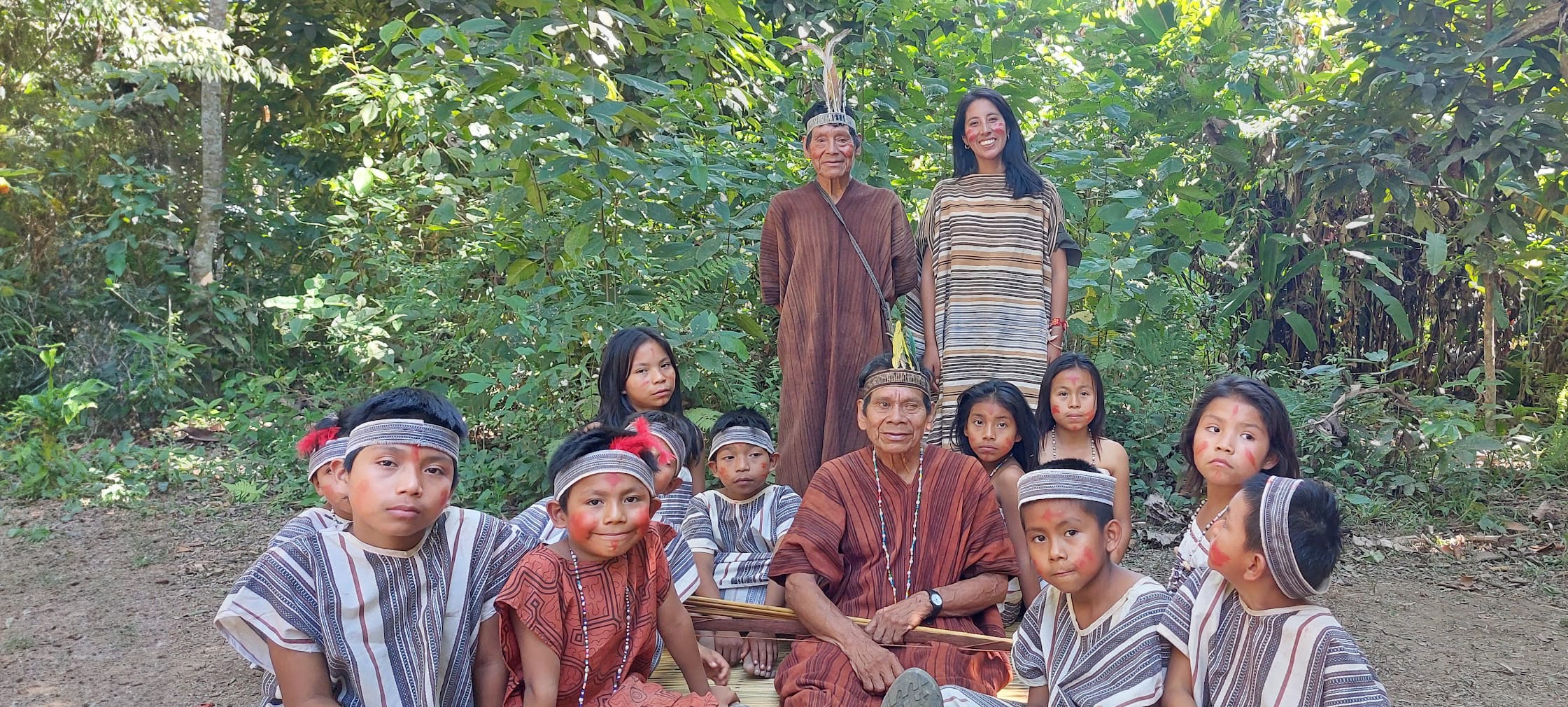
Salomon Pereira and Maximo Kategari teach Matsigenka traditional hunting and agricultural practices, songs, and handcrafts to children and youth in Monte Carmelo, Peru | Legado
Activating the power of legacy
Legado launched Futuros Vivos with the ECA Maeni and Peru’s National Service of Natural Protected Areas (SERNANP’s) Machiguenga Communal Reserve team. In April 2023, the collaboration grew to include the broader Megantoni-Machiguenga Landscape with the partnership of SERNANP’s Megantoni National Sanctuary (MNS).
Through the program, we are working with local community members as they articulate their legacies and their vision for the future. By taking an inclusive approach and centering those with traditionally underrepresented voices, such as women and youth, we are supporting the entire community to design and implement solutions of their choosing.
As demonstrated by our work in Kenya and Mozambique, when people work collectively together to create and enact a vision for their future, the result is Thriving Futures.
Stay tuned for updates on our work in the Megantoni-Machiguenga Landscape, as we we work with the Indigenous stewards of the region articulate their priorities for the future and set in motion actions designed to create Thriving Futures for themselves, their communities and the entire region in one of the most unique biocultural landscapes of the world.
Centering Women Leaders
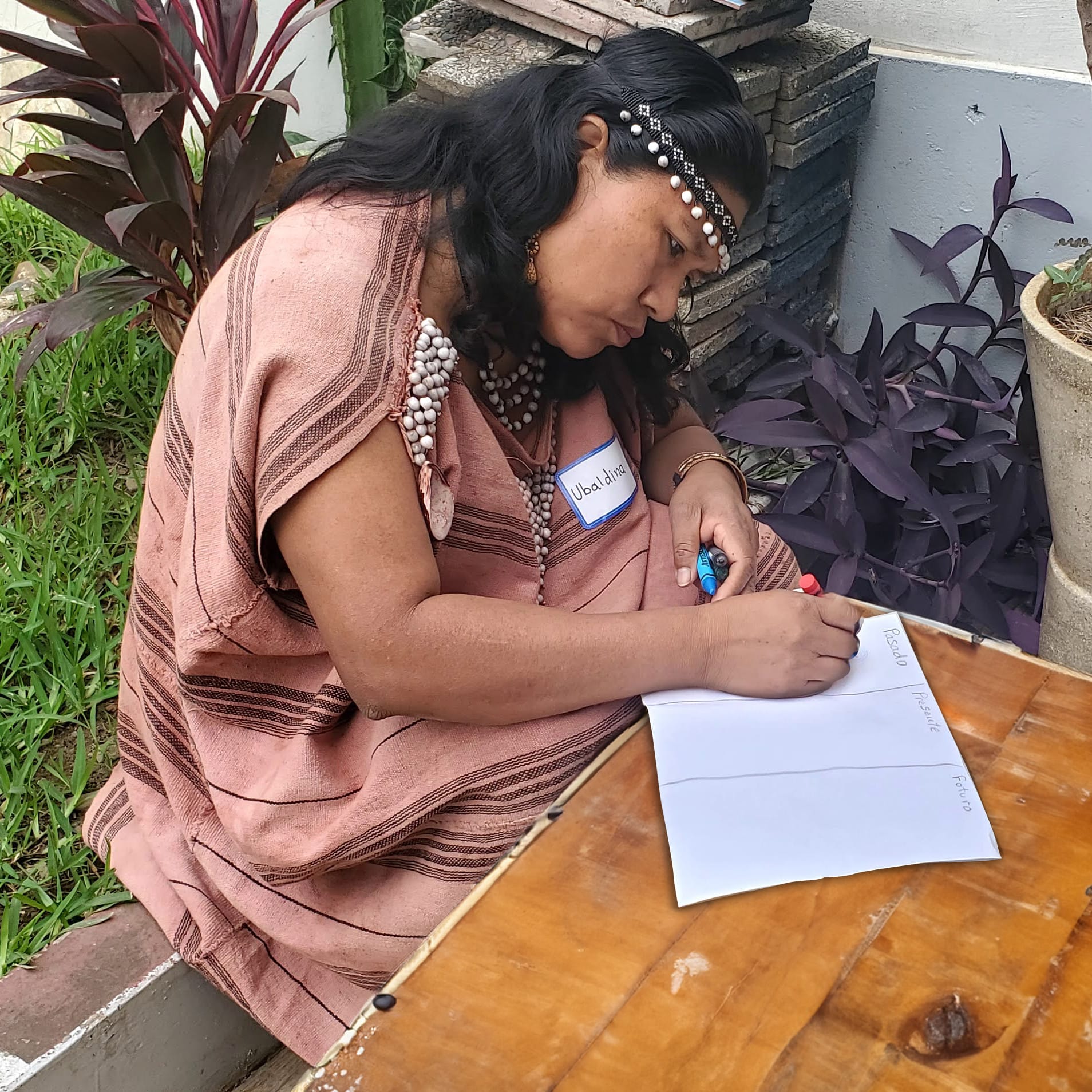
*Learn more about how women’s leadership promotes transformative change from The Gates Foundation, BOMA Project (link 1- PDF) (link 2 - PDF) and CGIAR’s Gender Impact Platform
Meet Our Partners
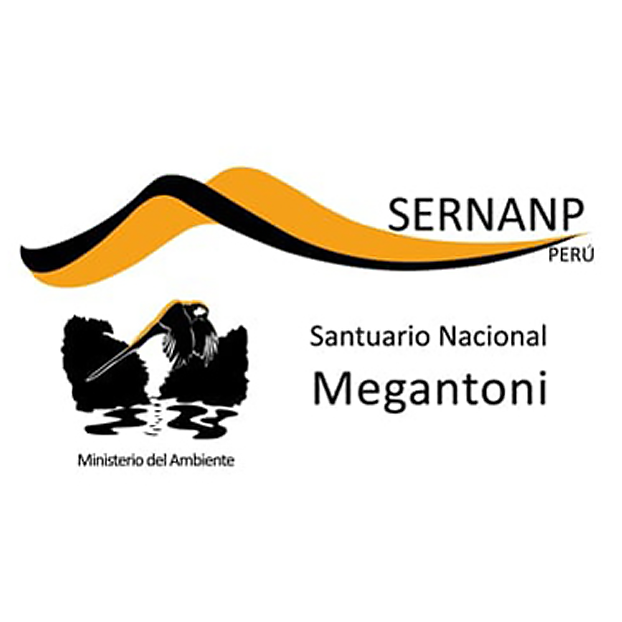
The Megantoni National Sanctuary Team of Peru’s National Service of Natural Protected Areas (SERNANP)
The Megantoni National Sanctuary is located in the Echarati and Megantoni districts of the province of La Convención, in the department of Cusco. The team is composed of a director, technicians, park guards, and volunteer park guards whose main objective is to conserve, with an intangible character, the ecosystems that develop in the mountains of Megantoni and the protection of Indigenous peoples in voluntary isolation or initial contact that live in the area.
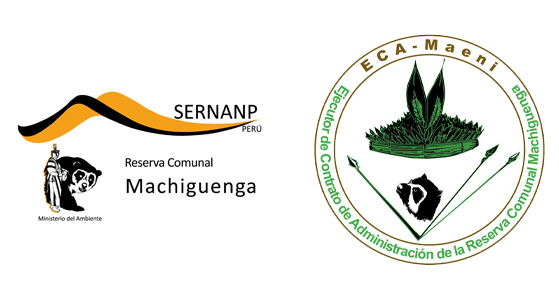
The Machiguenga Communal Reserve Team of Peru’s National Service of Natural Protected Areas (SERNANP)
The Machiguenga Communal Reserve is located in the Echarati and Megantoni districts of the province of La Convención, in the department of Cusco. The team is made up by a director, technicians, park guards, and volunteer park guards that together with the ECA Maeni co-manage the protected area respecting the knowledge, innovations, and conservation practices of Indigenous communities with the aim of guaranteeing the conservation of biological diversity, for the benefit of the neighboring Asháninkas, Matsigenkas, Yine Yami, and Kakinte communities. Some joint activities include coordination with neighboring communities to carry out activities including natural resource management, environmental education, small scale agriculture, and patrolling of the area.
ECA Maeni
The ECA Maeni is the Indigenous co-management entity of the Machiguenga Communal Reserve. It is a non-profit association which focuses on the co-management of the Machiguenga Communal Reserve involving local participation in the administration, management, and conservation of the reserve. Established in 2006, the ECA Maeni works to strengthen local capacities in management and sustainable use of natural resources, the development of economic activities compatible with conservation, and improving the quality of life of its member communities. The ECA is comprised of 15 communities (14 of which are Indigenous communities) that are located in the buffer zone of the Machiguenga Communal Reserve, representing Asháninkas, Matsigenkas, Yine Yami, and Kakinte Indigenous groups.

In addition, we partner with San Diego Zoo Wildlife Alliance—Peru for operations support for Futuros Vivos: Megantoni-Machiguenga.

